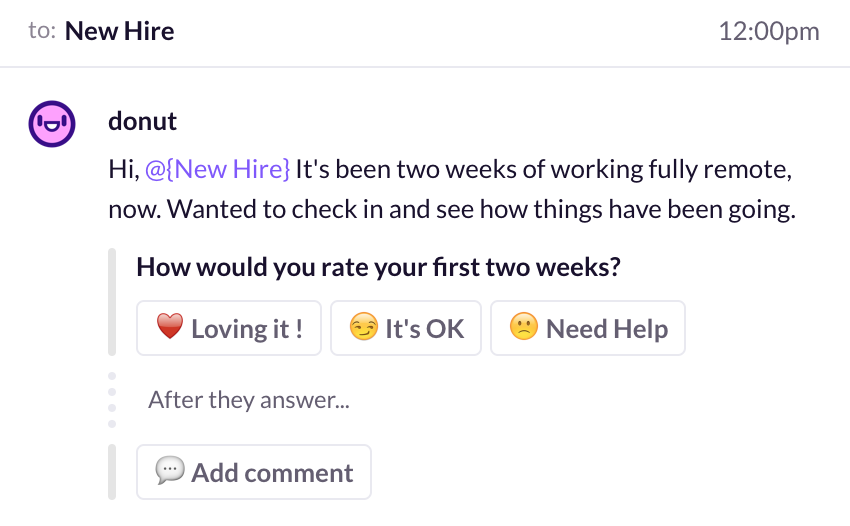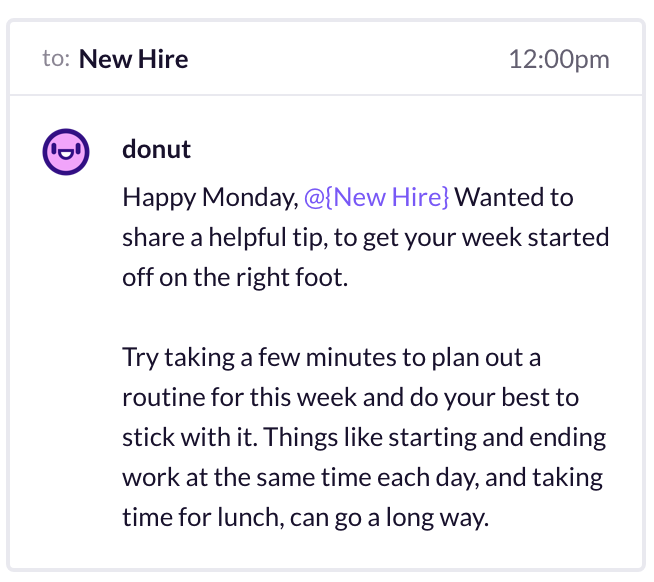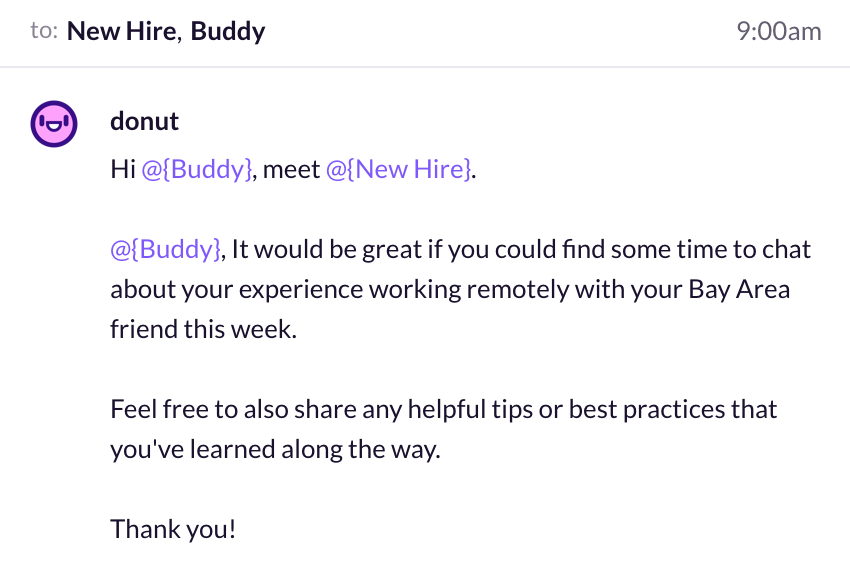CareMessage is a nonprofit healthcare organization that facilitates patient-provider communications for over 200 healthcare companies. Healthcare centers utilize its powerful platform to stay in touch with patients via text message—enhancing opportunities for patient education and increasing patient engagement around follow-up care.
But CareMessage found itself in a communications conundrum of its own when it decided to move from a partially co-located staff to a fully remote company. How would they help employees at their headquarters successfully make the transition? How would leadership ensure no one felt isolated or cut-off from the rest of team? What would workflow look like as the company moved away from a traditional workday?
People Operations Manager Anne-Marie Matos devised a three-prong approach to change management to help make the transition a resounding success.
Ease Into It
As with any transition, hesitations and fears are understandable. “We definitely wanted to be mindful that the move to remote work would be a big transition, especially for folks that had been working at our headquarters.” There’s some uncertainty when moving from a partially co-located structure into a remote one, from practical logistics questions (“How will my workflow change?”) to important emotional hurdles (“Will I feel cut off from my coworkers?”)

Anne-Marie’s solution: a gradual transition designed to ease HQ employees into the routine of remote work. “We did a slow transition into all remote work during the final quarter of the year,” starting with setting aside Friday as a designated work-from-home day. The next milestone was working remotely Wednesday through Friday. A gradual reduction in office time allowed each team member a better sense of what their remote workflow could look like, and to tackle challenges as they came up.
Throughout the wind-up to all-remote work, CareMessage sent surveys to each employee, asking questions to gauge employee satisfaction with the transition as well as understand requests around equipment, technology and other needs. “We kept the lines of communication really open and strong, and stayed fluid throughout the transition” says Anne-Marie.

“We wanted to be innovative pioneers in remote work, and challenge why we need a brick-and-mortar office.”Anne-Marie Matos
CareMessage, People Operations Manager
Create Belonging
Good communication becomes especially important when employees don’t share the same workspace, and the casual collisions that come along with it. Anne-Marie knew they’d need to make intentional efforts to combat isolation and keep the team feeling connected.
Enter the remote buddy system: Every HQ employee was paired with a teammate that already worked remotely. The system gave employees transitioning to remote work a built-in partner that could empathize with their challenges and wins, and provide a roadmap for what successful remote work looks like. Their tips and tricks proved invaluable to effectively onboarding employees to distributed work.

Prior to the transition, the CareMessage operations team created a robust remote work handbook outlining communication tips and best practices. Anne-Marie used the handbook to create a series of scheduled nudges and reminders sent periodically via Slack. “Those simple messages helped everyone feel known and seen, and that even though the workflow may feel different, that they were still being supported.”
It wasn’t a one-way conversation either. Anne-Marie also created a series of polls to gauge employee sentiment and collect feedback on the remote work experience. Those poll results enabled her to gut-check the health of specific teams and flag items for follow-up conversations. Managers were encouraged to solicit feedback on the transition during 1:1s, to identify patterns, and to ladder feedback back up the team.

Manage Time Zones
“How do you handle time zones?” is one of the most common questions globally distributed teams ask themselves. There’s no singular answer, except that having an intentional policy pays dividends. When teams span time zones from California to India, it’s imperative to set expectations around response times and synchronous versus asynchronous communications.
After some soul-searching and feedback collection around having set working hours, CareMessage landed on embracing asynchronous communication. Instead of enforcing a set workday, they emphasize clear documentation in Slack and via Confluence, and set a guideline of responding within 24 hours during business days Monday-Friday. As Anne-Marie says, “We felt set working hours went against the spirit of having the freedom to work when it works best for you. As long as work quality is good and there aren’t any big gaps in communication, we feel we have the right things in place.”
Still, the team acknowledges the importance of creating some opportunities for synchronous communication. Though not mandatory, CareMessage holds a weekly company all-hands at a set day and time during which teammates can share important information, participate in professional development opportunities, and address pressing questions in real time.
And what about IRL interactions? CareMessage has an answer for that, too. Budget previously allocated to renting office space is now used towards travel for company retreats, where everyone can gather in person for a few days of co-located work and team bonding. This year’s location: Disneyland. We’ll take that over an office any day.